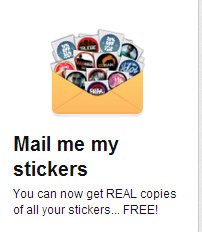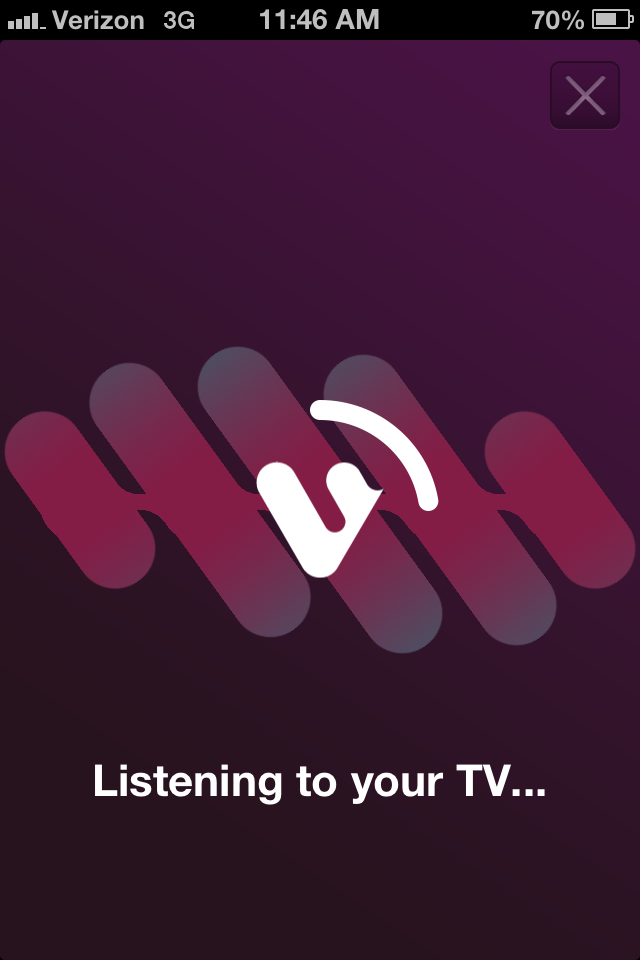Check-in vs. See It: How Twitter’s Latest Moves Impact GetGlue
Earlier this month, Twitter announced a deal with cable giant Comcast to create a new feature intended to bring social chatter and consumption closer together. The feature, known as See It, will allow users to access a Twitter “card” with additional information about a given show including episode summaries, air times, and, for Comcast customers, the ability to record the next airing straight from the Twitter interface. Twitter continues to play a central role in the burgeoning, nebulous field of Social TV. Its partnership with Nielsen to create the official “Twitter TV Ratings” finally produced an initial batch of data this month and it is continuing to work with networks on Amplify, a service that embeds ads into short video clips. These developments are crucial for Twitter’s future as an integral member of the contemporary media industries, and for its upcoming initial public offering.
 However, the Twitter-Comcast partnership and the See It feature could have interesting consequences for another, lesser social network: GetGlue. For those unfamiliar, GetGlue encourages users to “check-in” to television series in exchange for digital and real stickers. Accumulate 20 of the stickers—which generally feature a photo from that night’s episode—and GetGlue pays to mail them to you. The social platform is seemingly always undergoing some kind of change to distance itself from the check-in experience. This fall, GetGlue overhauled its iOS and Android apps to include a more detailed programming guide with both live television and popular streaming options, as well as more space for user-generated content like GIFs and polls.
However, the Twitter-Comcast partnership and the See It feature could have interesting consequences for another, lesser social network: GetGlue. For those unfamiliar, GetGlue encourages users to “check-in” to television series in exchange for digital and real stickers. Accumulate 20 of the stickers—which generally feature a photo from that night’s episode—and GetGlue pays to mail them to you. The social platform is seemingly always undergoing some kind of change to distance itself from the check-in experience. This fall, GetGlue overhauled its iOS and Android apps to include a more detailed programming guide with both live television and popular streaming options, as well as more space for user-generated content like GIFs and polls.
Although it might be easy to write GetGlue off as just a drop in the deep bucket of social TV, the company has made a number of moves to position itself as an important player—and as an industry ally. GetGlue boasts an impressive list of clients and partners including YouTube, Universal Pictures, Sony Entertainment, and 75 television networks. The stickers and exclusive rewards GetGlue offers to its users are done in concert with the networks, which are certainly invested in tracking viewer behavior the best that they can.
GetGlue has also established features that sound like the precursors to See It. The GetGlue interface has been available on the DirecTV app since 2011 and this summer the company made a similar deal to appear on Dish Network’s Explorer, an app and digital remote control. Meanwhile, GetGlue releases its own weekly chart of the most “active” shows to ratings-focused web sites like TV By The Numbers, a move that attempts to position GetGlue activity as some kind of alternative to the Nielsen TV ratings.
 But with the much larger and more influential competitor (Twitter’s registered users: 200 million, GetGlue = 4 million) working closely with the networks, cable providers, and Nielsen, GetGlue is quickly losing some of the ground it methodically gobbled up over the last few years. So where does GetGlue go from here? One of its competitors, Viggle, might point the way.
But with the much larger and more influential competitor (Twitter’s registered users: 200 million, GetGlue = 4 million) working closely with the networks, cable providers, and Nielsen, GetGlue is quickly losing some of the ground it methodically gobbled up over the last few years. So where does GetGlue go from here? One of its competitors, Viggle, might point the way.
Viggle is an app that encourages viewers to sync their phone with their cable boxes, offering points for each minute a viewer is checked in to a given program. Subsequently, those points can be cashed in for gift cards to retailers like Starbucks and The Gap, subscriptions to Entertainment Weekly, Kindle Fires, and Royal Caribbean cruises.
Whereas GetGlue positions itself as a space for diehard fans, thus providing rewards and exclusives from the industry in the name of improving the fan experience, Viggle is an explicitly more commercialized space. Its social networking capabilities are muted on the app interface, replaced with dollar sign and shopping bag icons. Viggle’s initial ad campaign included two commercials that underscored the commercial rewards as the primary selling point. Furthermore, while GetGlue has worked to partner with entertainment leaders, Viggle has turned to other types of brands—McDonald’s, Kraft, and Lexus just to name a few—and created the Viggle Audience Network that will allow a “centralized way” for advertisers to reach second-screen users.
Viggle is still half as small as GetGlue, meaning it is astronomically smaller than Twitter, but its decision to provide service for the advertisers looking to get into social media and second-screen spaces might pay off in the long run. Viggle’s process surely permits it to show partners exactly what ads have been watched and what products more people are trying to obtain; that seems more valuable to advertisers than data about popular shows on GetGlue. Although Viggle offers its own complexities—the individualized, passive consumption is just so explicit—its rise and GetGlue’s lack of clear role moving forward reminds us that it is always good to be working directly in the name of advertisers than consumers.


